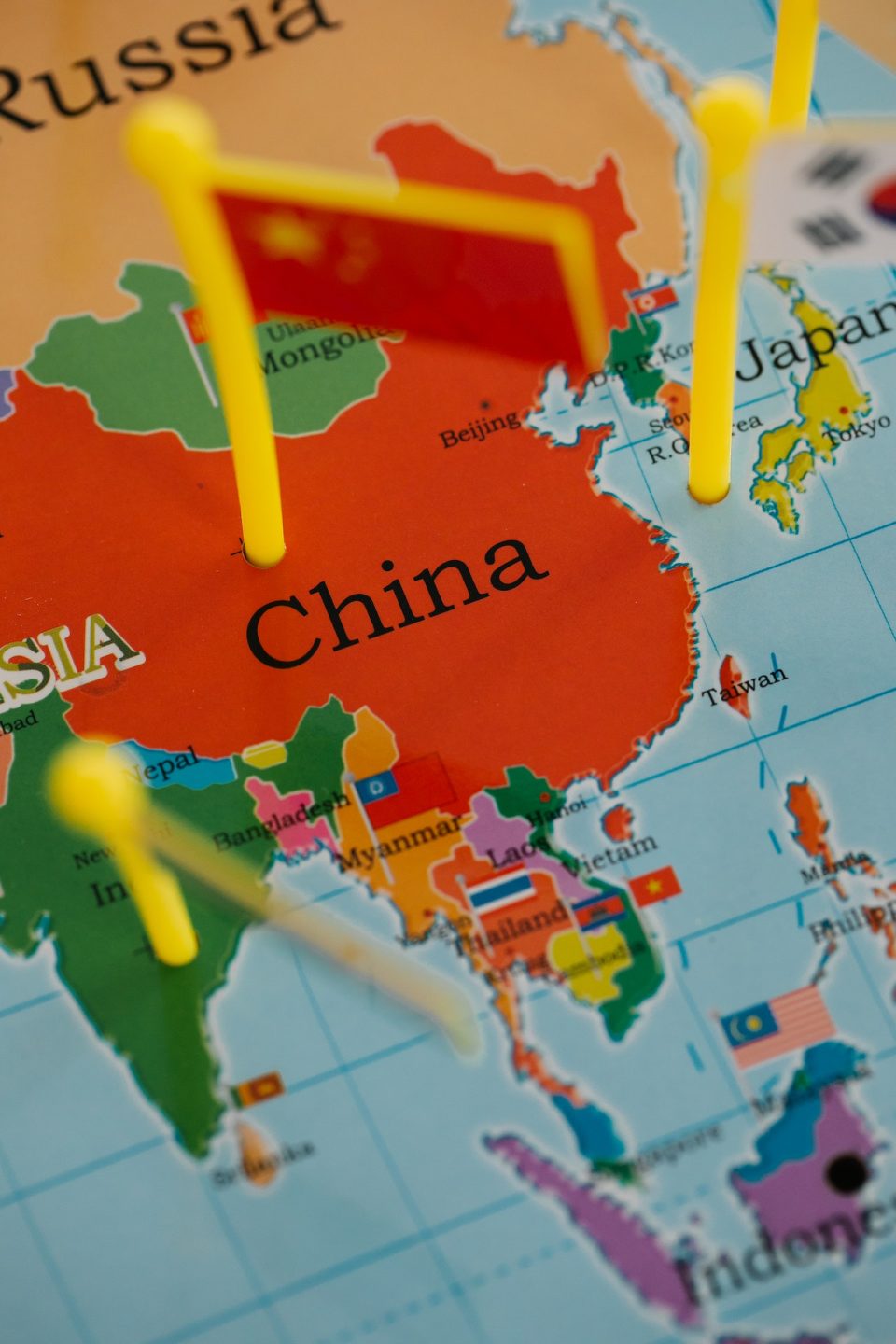In a recent string of assurances, experts have downplayed the potential impact of China’s stumbling economic recovery on the United States. However, a little-known 2019 study by the Federal Reserve paints a more cautious picture. Should China’s growth fall short by 4 percentage points, global financial markets could face significant turbulence, according to eight Fed economists who conducted the analysis.
The study anticipates a surge in the dollar by approximately 7%, coupled with a decline in long-term Treasury yields and equities. In such a scenario, U.S. growth may see a drop of over 1 percentage point. Anna Wong, one of the paper’s authors and current Chief U.S. Economist at Bloomberg Economics, contends that these projections remain relevant today if China’s growth trajectory falls short.
While direct trade with China constitutes a modest portion of the US Gross Domestic Product, the Federal Reserve study emphasizes the deeper integration of China into the global economy. It suggests that a significant downturn in the Asian powerhouse could inflict genuine damage on the U.S., primarily through financial markets.
“The most critical channel for China spillovers is not through direct trade but rather a risk-sentiment channel,” Wong emphasized. “Fears of a China hard landing, if serious, raise financial volatility and drive the dollar up, which could turn financial assets into a risk-off mode, which in turn tightens global credit conditions.”
Emerging-market economies heavily reliant on China as an export market would face the brunt of the impact, as demand for their goods and commodities would plummet. This situation would exacerbate existing strains, particularly given the elevated levels of debt among developing nations, which have been exacerbated by the aftermath of the COVID-19 pandemic.
The potential for China’s economic troubles to reverberate through global financial markets is underscored by an episode in August 2015. A surge in capital flight from China triggered a sharp depreciation of the yuan and steep declines in Chinese equities. This turmoil proved contagious, leading to a more than 11% drop in the U.S. S&P 500 in just over a week.
In response to the crisis, the Federal Reserve postponed its plan to raise interest rates until the end of 2015. Continued concerns about China contributed to a prolonged pause, with the next rate hike occurring in December 2016.
While a major China shock today could have mitigating factors, such as a potential slide in global commodity prices alleviating U.S. inflation, the Federal Reserve still maintains ample room to lower interest rates if necessary, given its benchmark currently exceeds 5%.
In retrospect, the gravest concerns about China’s economy during the 2015-2016 episode ultimately proved unfounded, as the nation continued to sustain expansion rates around 7%. However, the unanswered question remains: How would global markets fare in the event of an actual 4 percentage-point shortfall in growth?
Source: Bloomberg

